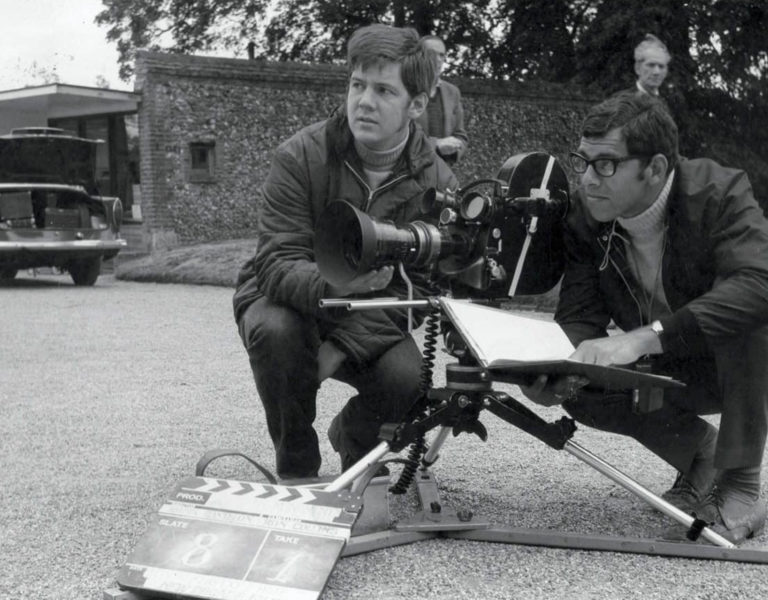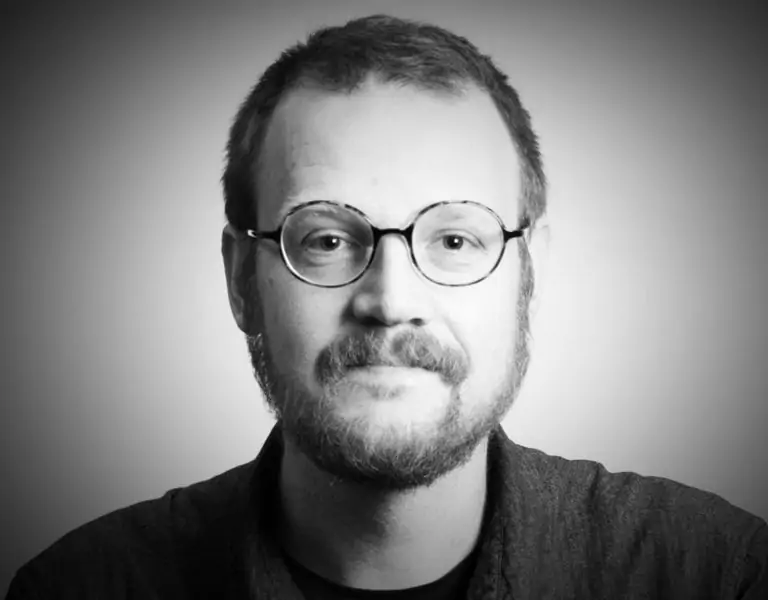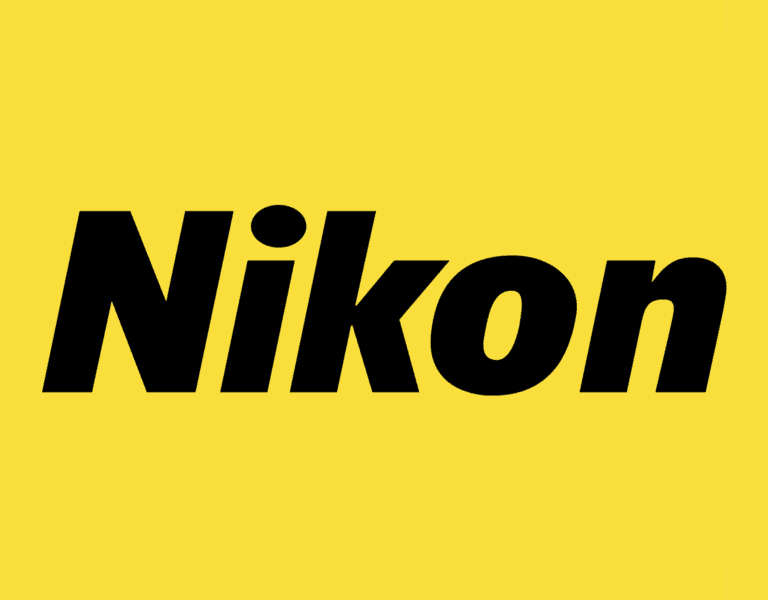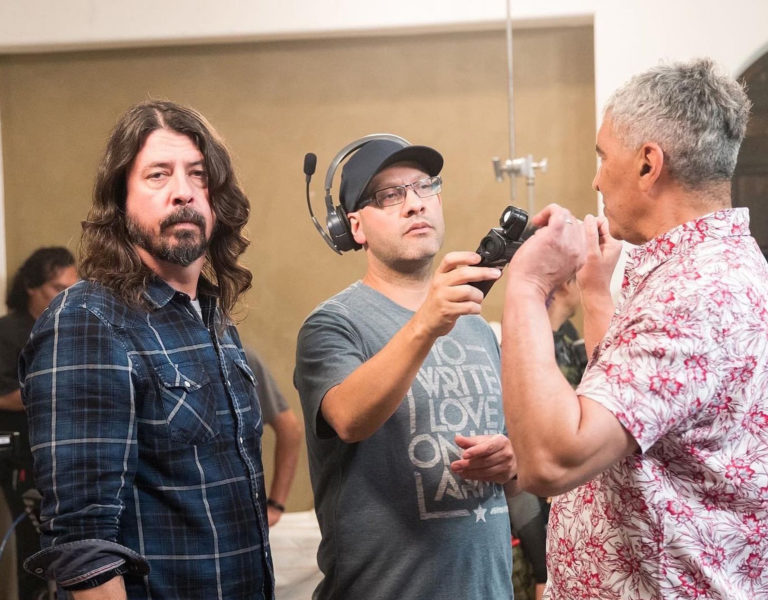STRAIGHT SHOOTING
Making a short film with Super 8 film isn’t easy. Especially when you’re only allowed one roll of film, with no editing, no post-production, and every mistake makes it into the finished project. This is the premise of the renowned straight 8 competition, and naturally I had to try it. In the resonant words of the competition’s founder Ed Sayers, “This is the hardest, most rewarding way to make a film there is.”
I caught up with Ed after submitting my own entry, which, like other entrants if shortlisted, will be shown for the first time in front of a live audience at Cannes Film Festival. An exciting prospect for the droves of filmmakers, inexperienced like me or otherwise, who have entered the competition since its inception in 1999.
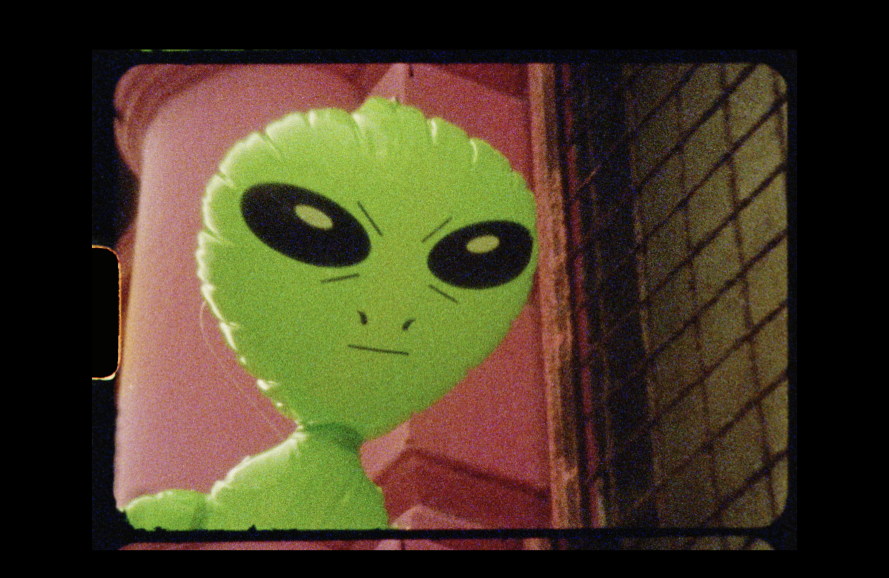
We asked each other questions about the competition’s uniqueness and my hands-on experience filming a straight 8 entry. I started by asking Ed about straight 8’s conception which stemmed in 1997; “I was at a friend’s house and after dinner he got this Super 8 projector out and started showing home movies. There was something really inspiring about not having seen them before, and every three minutes one roll would end, and another would go on. There was this immense anticipation.”
On the topic of beginnings and anticipation, Ed wanted to know how I felt before pulling the trigger for the first time and subsequently starting my straight 8 adventure. There was a huge sense of pressure that I didn’t expect. The exciting permanence of celluloid filmmaking was a huge rush, and the particularly gusty winds of Margate beach – where our first shot took place – certainly didn’t help!

This excitement seems to permeate every stage of the competition’s process. When asked, Ed still says the premieres are the most enthralling part of the job. “It’s such a buzz. You can never anticipate how the films will go down with an audience and of course with the filmmakers themselves who are seeing it for the first time.” This equalising way of showing films has certainly created an avid community around straight 8, with “collaboration and connection” being a cornerstone of its lasting success.
Ed wanted to know how big our team was and how we operated on the day of filming. The unit comprised of just three of us, with us all getting our hands dirty to wrangle our main prop (and lead character) which was an inflatable alien, made to animate by invisible string and Sellotape.
Another intricacy that comes with the rules for entering a straight 8 is that the score, due to the nature of the competition, has to be recorded without seeing the final project. This is where the fourth member of our team, the composer, was crucial. Ed often feels the biggest mistake when entering is not understanding the importance of the music; “You don’t notice great sound as much as you do bad sound…It’s really worth going the extra mile to find the right collaborators for the score.”
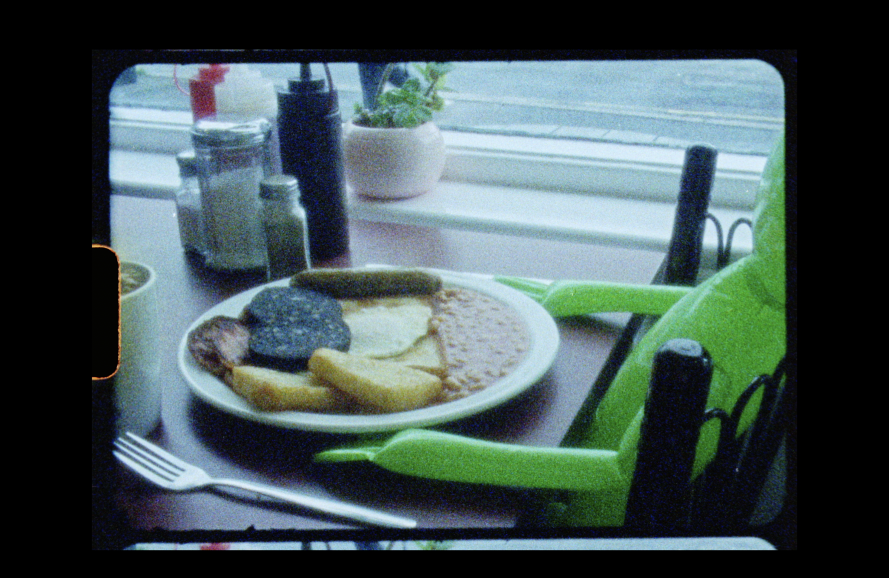
For our film, which sees our alien arrive on the shore and bewilderingly navigate the minutiae of human life, we thought the score could (hopefully) compensate for many of the things that could easily go wrong with celluloid on a 60-year-old camera. Shooting on film is half of the fun of the competition and unsurprisingly a passion of Ed’s. “There’s something so joyful about film, there’s something I love about not being able to see your shots…Filmmaking is all about movement, and inside the camera there is a physical, tangible movement. A mechanical transportation. If I could shoot everything on film, I would.”
When asked about the future of straight 8, Ed fondly replied: “I just hope we can keep going with the various support we get, especially from Cinelab – we couldn’t do it without them…I’m prepared to give it another 25 years if I can!”
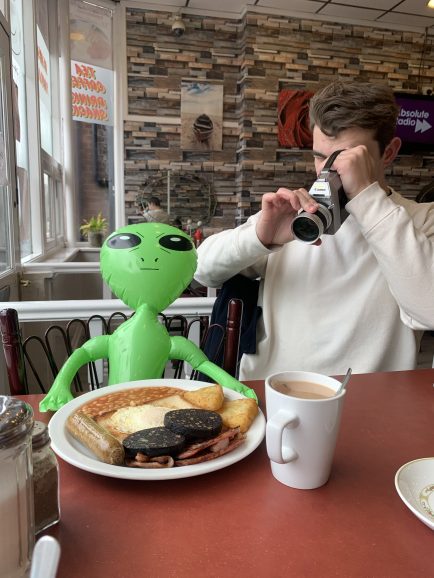
–
Enter here for the 25th anniversary of the competition.
You can watch a curated selection of previous straight 8 winners now on BCinePlayer.








